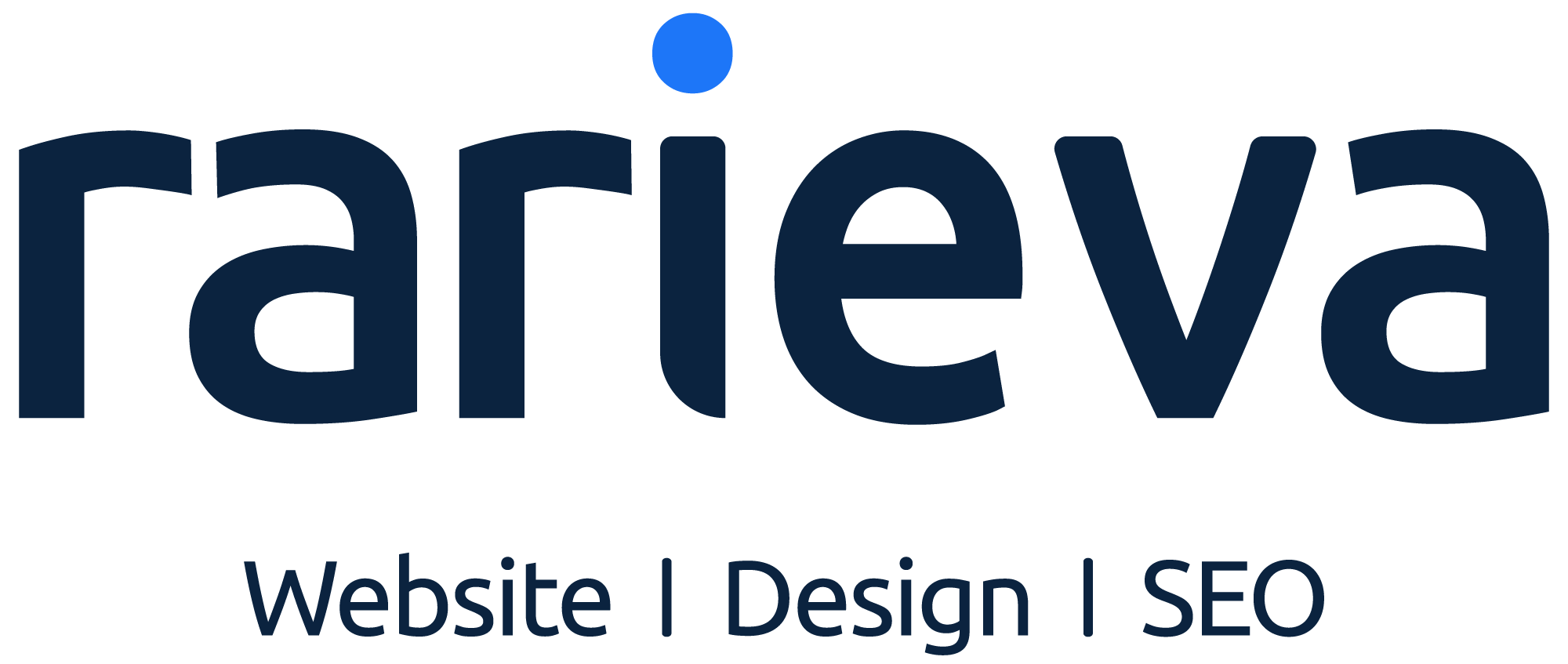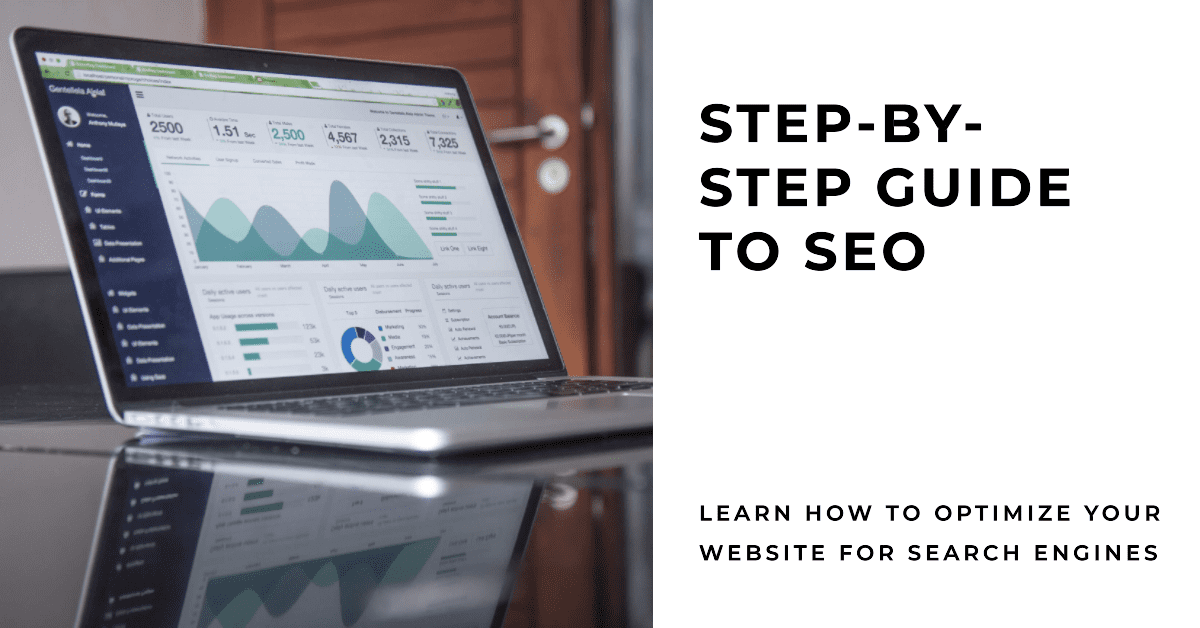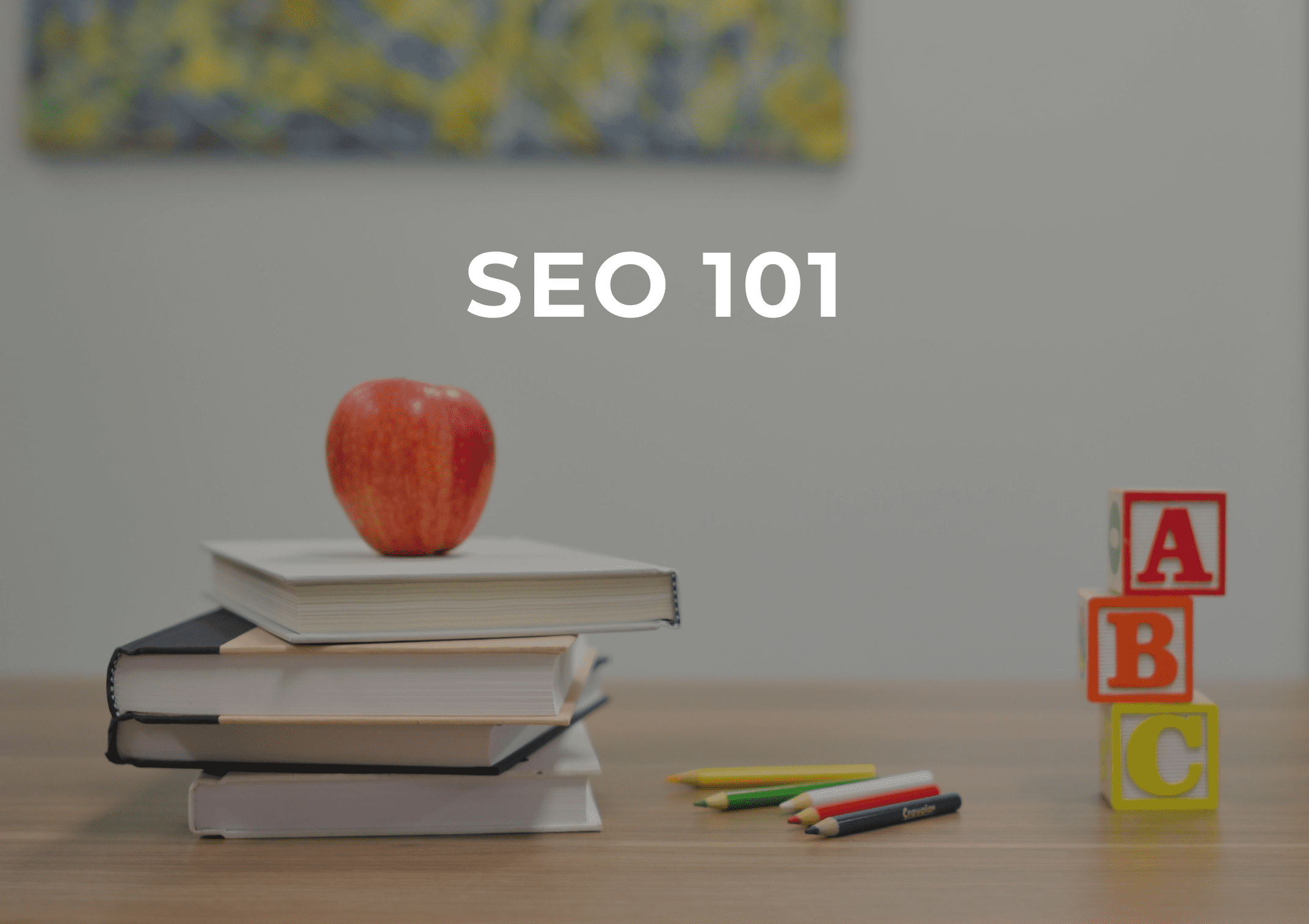CONTENTS
What are the 4 types of SEO?
What is SEO?
In my previous blog post SEO 101: SEO guide for beginners, I talked about the 2 most important types of SEO you need to make sure are optimized for your website. In this blog I will go more in depth into all 4 types of SEO.
SEO is the process of making your website visible to search engines. Search Engine Optimization, or SEO, can be categorized into 4 main techniques:
- On-page SEO
- Off-page SEO
- Local SEO
- Technical SEO
Each of these 4 types of SEO serves a specific purpose, and implementing all forms of optimization is critical for strengthening your online presence.
How to Start SEO for My Website?
There are always questions revolving around best SEO practices or top SEO secrets. But as long as you have these 4 types of SEO down, you have at around 70%-80% done. The rest is just trial and error as you find which keywords will work for you.
What is On-Page SEO
On-page SEO refers to SEO practices pertaining to the webpage itself. It’s a good place to begin your website optimization, as much of it relates to getting your webpage ready for publishing. Find more about the pillars of on-page SEO practices below:
-
Content
- Contrary to ten years ago, crafting content that’s entirely keyword-focused is now a fruitless act. To rank well, you must focus on your position as it relates to your audience. What problems do they have? What information is of value to them? Is the content interesting and of quality? Never underestimate the power of original, quality content — don’t do your audience dirty and offer content that doesn’t address the intent behind their keywords, or even worse, duplicated content!
-
Title Tags
- Title tags are, you guess it, what define the title of your webpage. Aim for short, easy to understand titles that are approximately 50 to 60 characters in length. Consider trying tools that allow you to preview your titles, such as Mangools.
-
Meta Description
- This is the webpage description that pops up under each search result. Since you have 160 characters to utilize, craft descriptions that are clear, effective and contain a CTA if relevant. It is suggested to utilize LSI’s of your main keyword here for SEO boosting.
-
URL Structure
- Optimizing your URLs can do a lot for your site’s SEO. Keep it short and simple, use hyphens to separate your words, and make sure to utilize that page’s particular target keyword. Remember to put yourself in your user’s shoes — what kind of URL would they be more likely to click on? One containing a random series of numbers, or something that clearly communicates what the content is about (such as “dogtraining-beginners-guide”)?
-
Image Optimization
- Search engines gleans relevant information from the filenames of images on your webpage, so ensure that they are clear and succinct. Don’t neglect alt (alternative) text, which is the written description that appears in lieu of an image when it doesn’t load. Optimizing images in these ways will not only help with your website’s accessibility but will help with its crawling and indexing.
What is Off-Page SEO
Off-page SEO refers to SEO practices that are done outside of your website to improve your position on search engines for relevant keywords. Some examples include link building, social media marketing, and guest blogging on other websites.
Off-page SEO VS On-page SEO
Off-page and on-page SEO practices differ from each other, but go hand in hand to strengthen your website authority. The main difference is that on-page SEO practices are entirely up to you, as you have complete control over your webpages. With off-page SEO, the results are less controllable. However, both are essential for building your authority and presence in the eyes of search engines.
Tactics to help build off-page SEO
-
Link Building
-
You may have heard of link building already. Link building refers to other websites hyperlinking to your website, and should be a major part of your SEO strategy. It signals to search engines that you’re “seen” by others and are considered as trustworthy by them. Search engines value websites that have 1) have many external links to different domains 2) have a strong authority score.
As tempting as it is to plaster your links everywhere, we can’t stress the importance of white hat practices here — getting penalized by Google for sketchy practices just isn’t worth it. See below for a few effective, safe ways to do link-building:- Contextual links: these are effectively hyperlinks that are embedded into content. Find content on other websites that could benefit from an external link that leads to your webpage. Be mindful that contextual links essentially offers your content as an authoritative source, so work on producing high-quality material. Hint: stats are super digestible and a valuable source of information that can be easily quoted.
- Broken link building: this involves finding websites that contain broken webpage links (404 errors) and notifying the owner with the ideal end result being that in return, they replace the broken link with one of yours. It might sound strange, but it’s a very powerful way to expand your presence.
- Replicate competitor backlinks: there are tools such as webceo.com that allow you to find your competitor’s backlinks so you understand what content of theirs is well-liked by other websites. Knowing this will potentially allow you to identify patterns of successful content and why sites may choose to link to your competitors’ rather than your own.
-
You may have heard of link building already. Link building refers to other websites hyperlinking to your website, and should be a major part of your SEO strategy. It signals to search engines that you’re “seen” by others and are considered as trustworthy by them. Search engines value websites that have 1) have many external links to different domains 2) have a strong authority score.
-
Guest Blogging
- Presenting to a new audience not only helps build brand awareness, but can also offer opportunities for backlinking. You can offer an exchange of guest blog posts, so both you and the other website owner can increase brand visibility and authority. After all, it’s one of the most effective link building tactics according to Semrush!
-
Social Media Marketing
- Shared content that directs traffic to your website won’t go unnoticed by the gods of search engines. Marketing strategies that are strong in social media and influencer marketing can be a great off-page SEO strategy. Don’t forget to consider getting featured on podcasts! Offering your expertise in exchange for an interview will help with both brand awareness and SEO.
What is Local SEO
Local SEO refers to optimizing online visibility in a way that that attracts local business. A great place to start is by creating and maintaining a Google My Business page. If you’ve ever looked up a restaurant and found its location, reviews, and hours in a listing near the top of the page, that’s Google My Business in action. Use it to signal to Google that your local presence is authentic.
Another key component is your NAP, which stands for name, address and phone number. Add these to your website (typically in the footer) if you have not yet already.
What is Technical SEO
Technical SEO refers to optimization strategies concerning the technical side of your website that allow it to be read and crawled by search engines. The easier it is for search engines like Google to access your website, the greater your chances are at ranking higher. Technical optimizing techniques include crawling, website architecture, indexing and more.
Technical SEO VS On-page SEO
Isn’t technical SEO basically on-page SEO? Well, there’s a key distinction between the two — technical SEO refers to anything SEO done on the page that’s not the content. Think of technical SEO as SEO that takes place on the “back end” of your website.
Tactics to help build technical SEO
Building Site Architecture: think about it this way — you can have beautiful art pieces to show off, but if the museum isn’t built to display them properly no one will come visit. Site architecture should be your first consideration when tackling technical SEO as it pertains to the foundation on which your website stands.
-
Flat Architecture
- Making sure your website has a “flat” architecture: Flat architecture means all your webpages can be found in 3 clicks or less. Not only do humans find this easier to navigate, but so do search engine crawlers, which can help your website rank more favourably.
-
Checking for crawlability
- Crawling is when search engine robots looks through your website to find new content. Ising tools such as Google’s crawl stats report can allow you to detect any technical issues that may be hindering your site’s crawl activity, which is important as it directly affects indexing (see below).
-
Checking for indexing
- If crawling is how search engines are looking through your site, indexing is how that information is getting stored (or “indexed”) into the search engine database so it can appear in user searches. Tools that help you perform indexing analysis will allow you to see which pages need fixing up.
-
Improving site speed
- We’ve all done it — we’ve found what looks like an interesting link but we give up on it because it takes forever to load. Loading speed is one of the many factors that gets considered by search engines (and people!). Begin by looking at Google’s PageSpeed Insights, a resource that scores your website’s speed and offers tips on how to improve.
-
Adding Schema markup
- A schema markups is a code that you can add to your HTML to make it easier for all sorts of search engines to identify your content. Though it’s not said that it directly impacts search rankings, it helps with visibility on search engine results which can lead to greater traffic. There are many types of schema such as “recipe markup” or “review markup”, for instance, that lets search engines know what kind of content they can expect, so they can present it to users in a particular way on SERP.
-
Site map
- Site map SEO helps accelerate Google’s indexing speed. It helps draw out a map of your website in a way Google can understand. There are various tools to help you make one, my favourites are Yoast SEO, Rank Math, and Screaming Frog.
Mastering these 4 SEO techniques can help you greatly with your online presence ranking. Give these a try and keep in mind that changes to your Google ranking will take some time to update. Now explore the different types of SEO tools that can help you master these 4 SEO techniques




